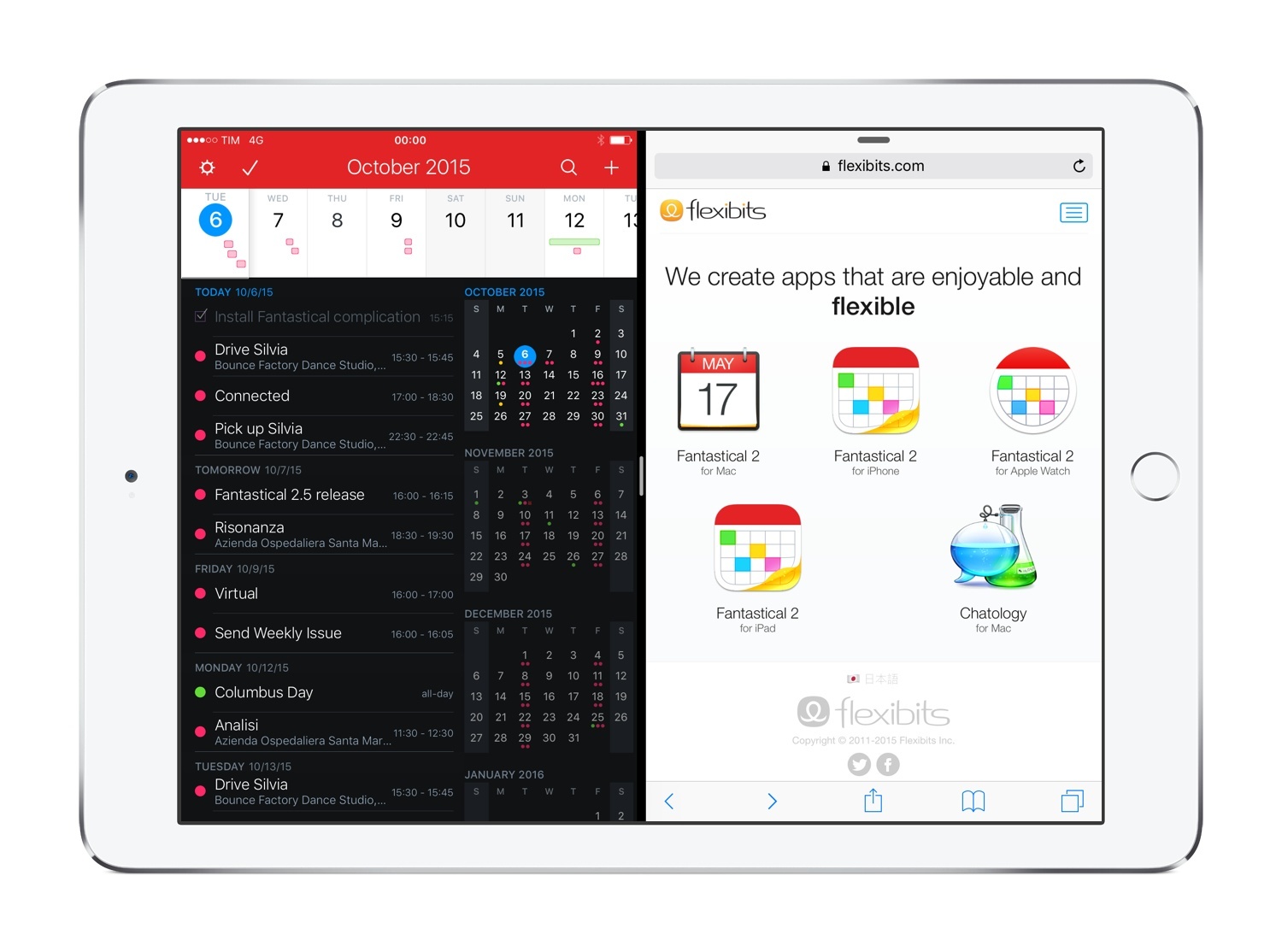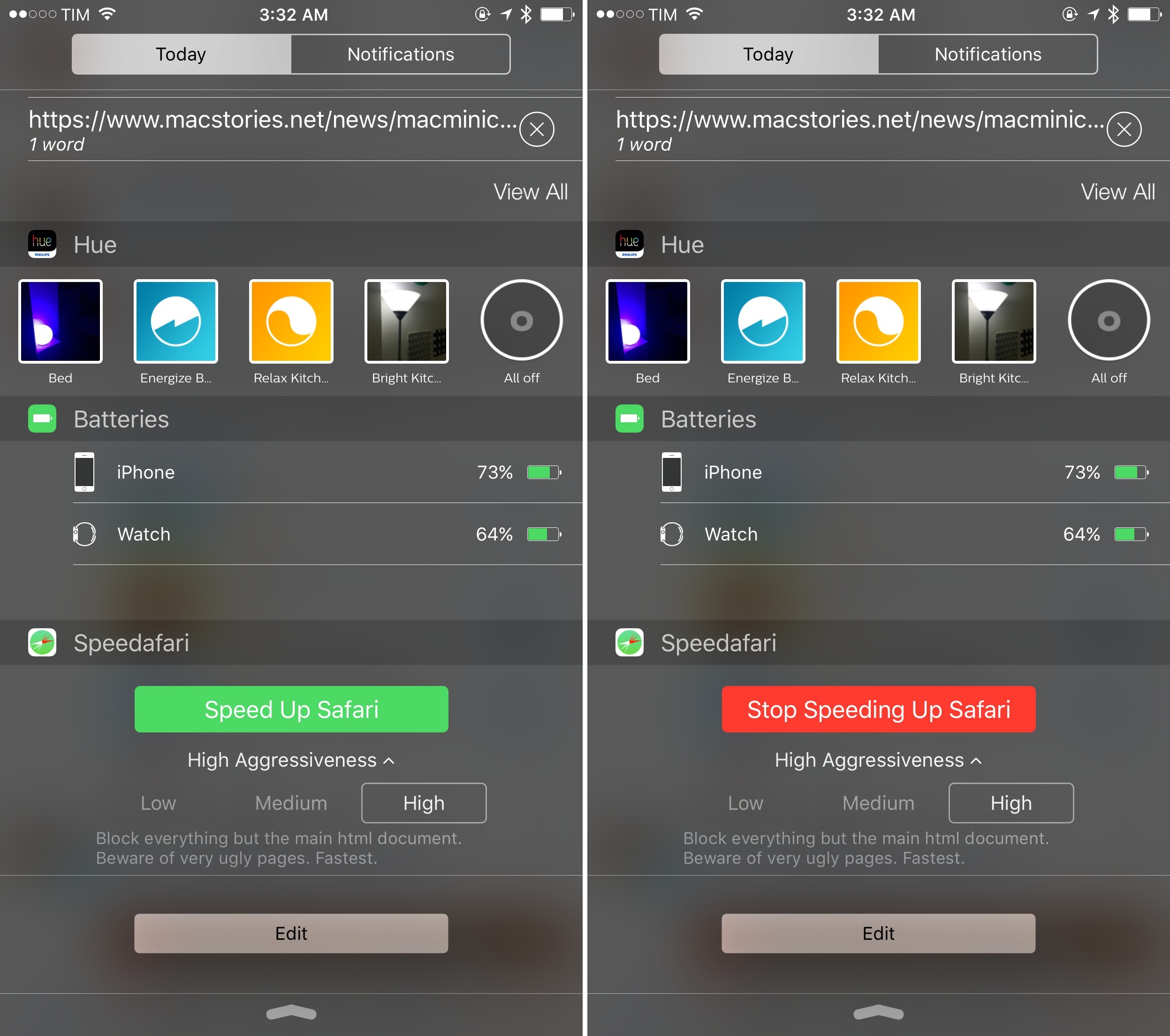Twitter has officially launched Moments: previously known as Project Lightning, Moments is a new section of the Twitter app that aggregates collections of tweets in a custom layout which contains pictures, GIFs, Vines, and more. You can browse Moments, subscribe to one temporarily and have tweets belonging to that Moment show up in your timeline, and act upon individual tweets in a Moment, which are laid out with swipeable full-screen cards.
Casey Newton writes at The Verge:
A big week for Twitter just got bigger. A day after announcing co-founder Jack Dorsey would return to the company as its CEO, the company is rolling out the product formerly known as Project Lightning to a worldwide audience. Moments, as the new product is called, surfaces the day’s most talked-about stories in a new section of the app. It’s a magazine-like view of Twitter that works even if you’ve never followed a single person. It represents Twitter’s best — and maybe last — hope of attracting a large new base of casual users who want to enjoy the service without having to figure out its unique quirks and lingo.
From Twitter’s blog post:
Every day, people share hundreds of millions of Tweets. Among them are things you can’t experience anywhere but on Twitter: conversations between world leaders and celebrities, citizens reporting events as they happen, cultural memes, live commentary on the night’s big game, and many more. We know finding these only-on-Twitter moments can be a challenge, especially if you haven’t followed certain accounts. But it doesn’t have to be.
Moments helps you find the best of Twitter as easily as tapping an icon – regardless of who you follow. Just visit the new tab called Moments, where you will discover stories unfolding on Twitter.
Interestingly, Twitter has assembled a dedicated team of curators to sift through the best tweets for each Moment, but they’re also partnering up with various media companies to provide their own Moments. Somewhat reminiscent of Snapchat Discover, Twitter Moments won’t likely appeal to the power users who constantly check their timelines with Tweetbot, but it could help in bringing new people to Twitter by simplifying the process of following news.
If done well, I’d argue that even power users could derive some value from temporarily following tweets curated by Twitter for events like football games, tech events, conferences, and more. The highly visual format also reminds me of Facebook Paper, and the richness of modern Twitter features such as Vines and GIFs really shines in Moments thanks to full-screen playback and gesture-based interactions.
Sadly, Twitter Moments appears to be a staggered rollout: the Moments tab is launching in the US first; users outside of the US will be able to view Moments shared via links, but they won’t have the dedicated tab to browse all of them, which is coming “soon”.
To start, we’re introducing Moments to people in the US across Android, iPhone, and the desktop web. But as with Tweets, a Moment can be shared anywhere: if you discover a link to a Moment in a Tweet or DM, or embedded elsewhere, those of you outside the US can enjoy the same experience we’re rolling out today. And we’re hard at work to bring this same functionality to more places in the coming weeks and months.
I don’t understand Twitter’s decision to prevent users from browsing Moments in English (is it because of US-based ads and partners?), but I think the feature is a good first step to better explain the value of Twitter and expose its information-rich nature to more users. I’m curious to actually try it on a daily basis.
See also: BuzzFeed’s guide to Twitter Moments and the company’s guidelines.



